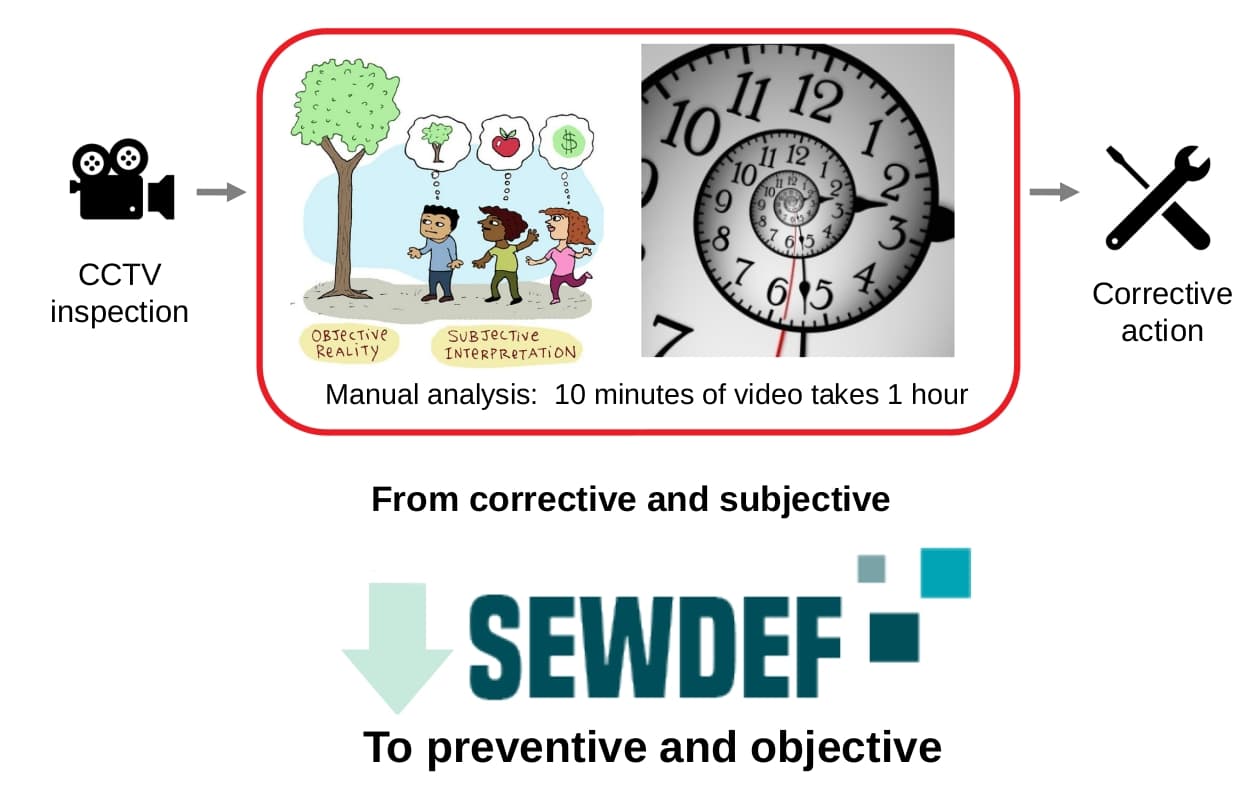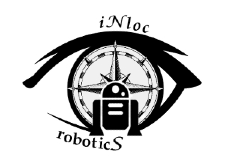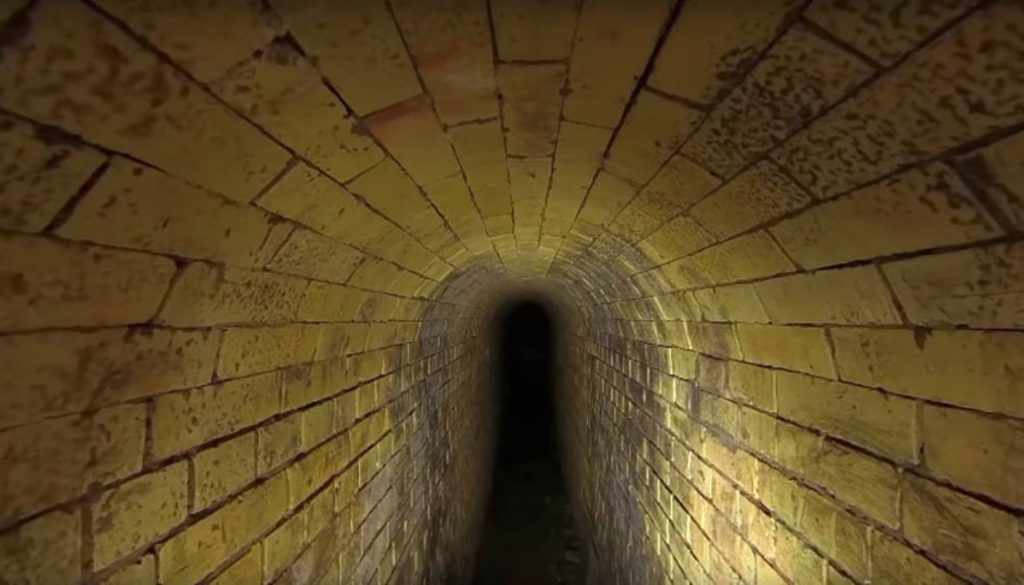Sanitation Network
The sewer network is one of the most important, globally extended, infrastructures. It is crucial to the health and economy of all cities.
It is used to canalize waste water back to the water cycle and as a drainage method to avoid floods, reducing risk of water borne diseases outbreaks such as cholera and typhoid fever.
Sewer networks must therefore not only be kept clean, they also have to be continuously inspected in order to detect structural damages, pipe deterioration and construction failures in order to avoid local city floods, back flow into basements, traffic disturbances, street and surface erosion, and pollution of ground water and local receiving waters.
Why is the inspection of the sanitation network important?
Currently, there is globally a clear tendency to make more efforts in sewer inspection, supported in many cases by national regulations, which pretend to impulse the transition from reactive inspections for locating breaks and other pathologies towards preventive inspections for knowing the general state of sewer network.
To find out possible damage, the sewer network is inspected through CCTV filmed images.
These images are analyzed manually for hours by an operator, resulting in a report depending on the subject perception and expertise of the operator. A significant number of hours are invested in the performance of a repetitive task.

SEWDEF can help to save time for htis aim. It is an automated system based on artificial intelligence and computer vision which analyses CCTV inspections from sewer network looking for defects. The goal is that this analysis should be totally automated and objective, resulting in reliable and replicable results quickly.
Objectives when inspecting a sanitation network
The main goal of SEWDEF is to automatize the tasks of video reviewing and report elaboration of sewer inspection for obtaining reliable and replicable results quickly, allowing standardizing the asset management system through the use of an unique code and naming.
The detected defects can be classified in 4 sub-groups, following the classification from the standard UN-13508, applied in the European Union. SEWDEF is able to provide results in any coding standard, by now UK (WRC), NASSCO (USA), WSAA (Australia) and 13508-2 (Europe) are implemented.
The SEWDEF system is based on the combination of computer vision algorithms with Artificial Intelligence (Deep Learning) and mobile robotics. The current version of SEWDEF has been trained with more than 4 million images including sewer conductions with different shapes, diameter and material from all over the world.
In addition, the following objectives are also followed:
- Historical record of all performed inspections
- Temporal evolution of the state of inspected sections and knowledge of its deterioration
Benefits of automating the inspection of the sanitation network
The benefits are clear:
- Quicker analysis of videos looking for defects, which allows to save costs in personnel who currently reviews videos manually
- Increase of efficiency in the recording process, depending on the situation until a 50%, as it is no longer necessary reviewing during the recording, thus the recording process can be performed at higher speed
- Provision of data for the prioritization of preventive actions of the sewer network
- Standardization of the received information and ease in its processing for comprehensive asset management platforms
Conclussions
There is a huge invest in sewer assets worldwide, specially in sewer asset renewal, as pipes are quite old and prone to constant deterioration. In most cases, inspections are carried after the occurrence of a break or a collapse for locating the defect and proceed to its reparation.
SEWDEF clients’ claim that the system enables them to make preventive inspections of collectors more efficiently, without the need to analyze incidents on-site. Thus, thanks to SEWDEF, which applies AI in inspections, damage, structural problems as well as the cleaning status can be reviewed quickly, allowing corrective actions to be planned before a failure notification, allowing them to provide a better and a faster service.
We hope this article has been useful to you. If you are interested in the new SEWDEF service and you think we can help you, here is the link where you can contact us and explain more about it.

